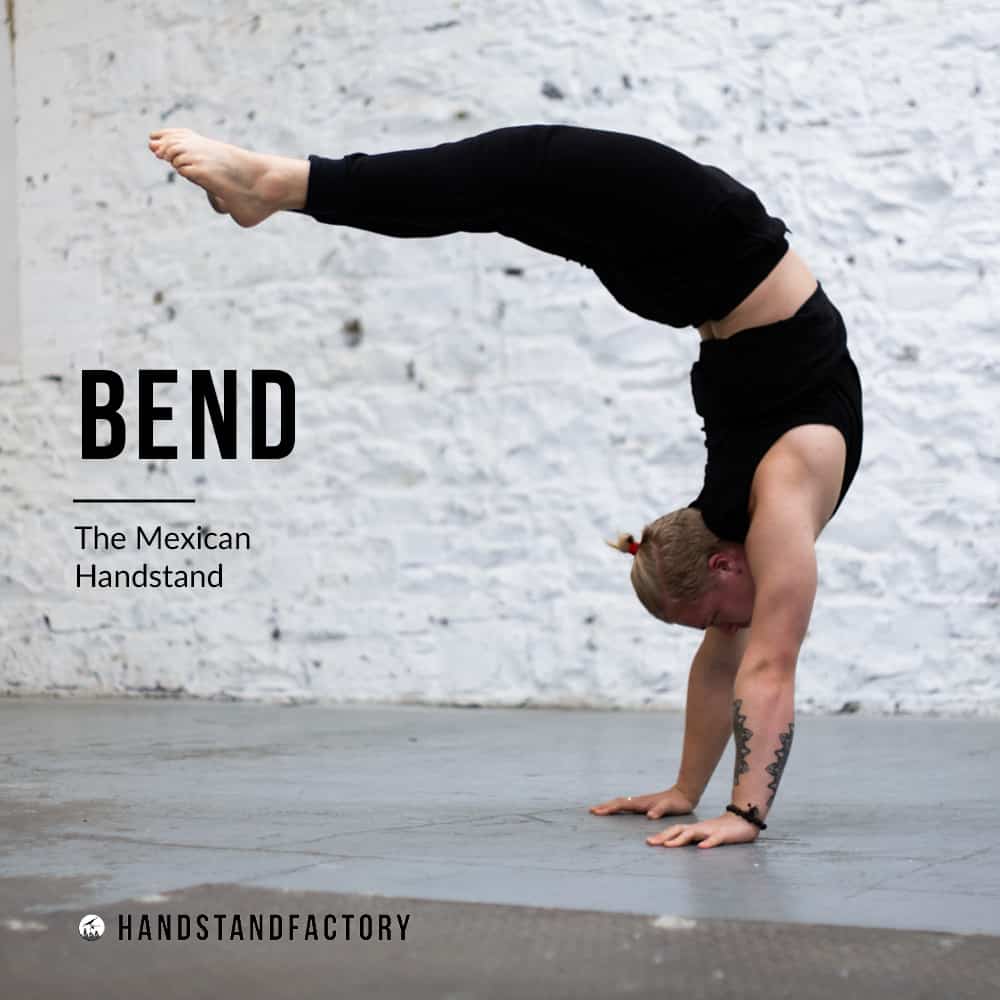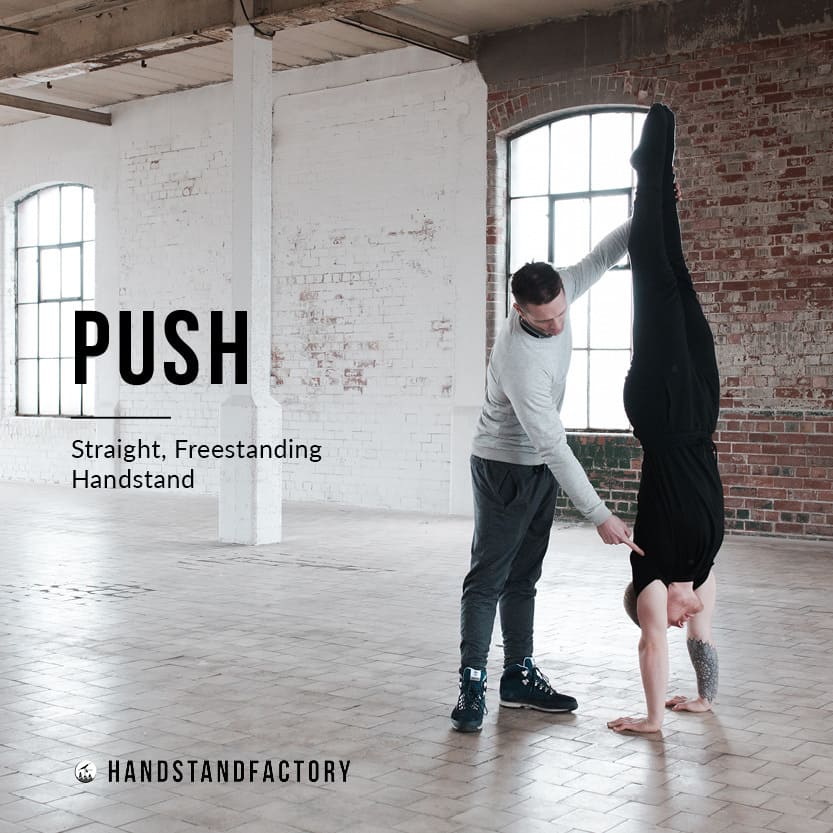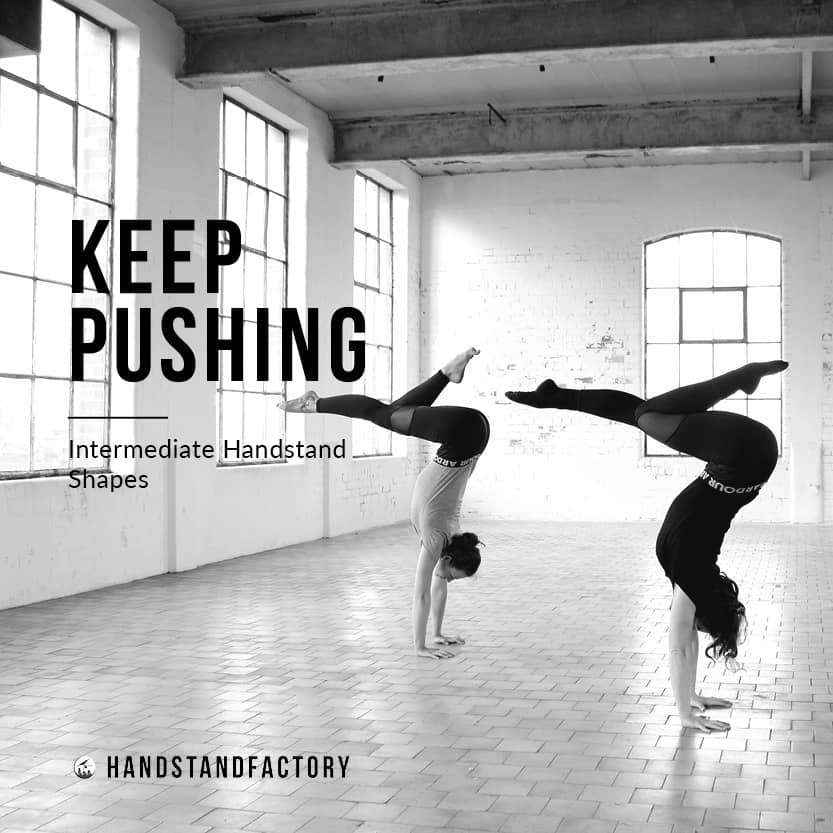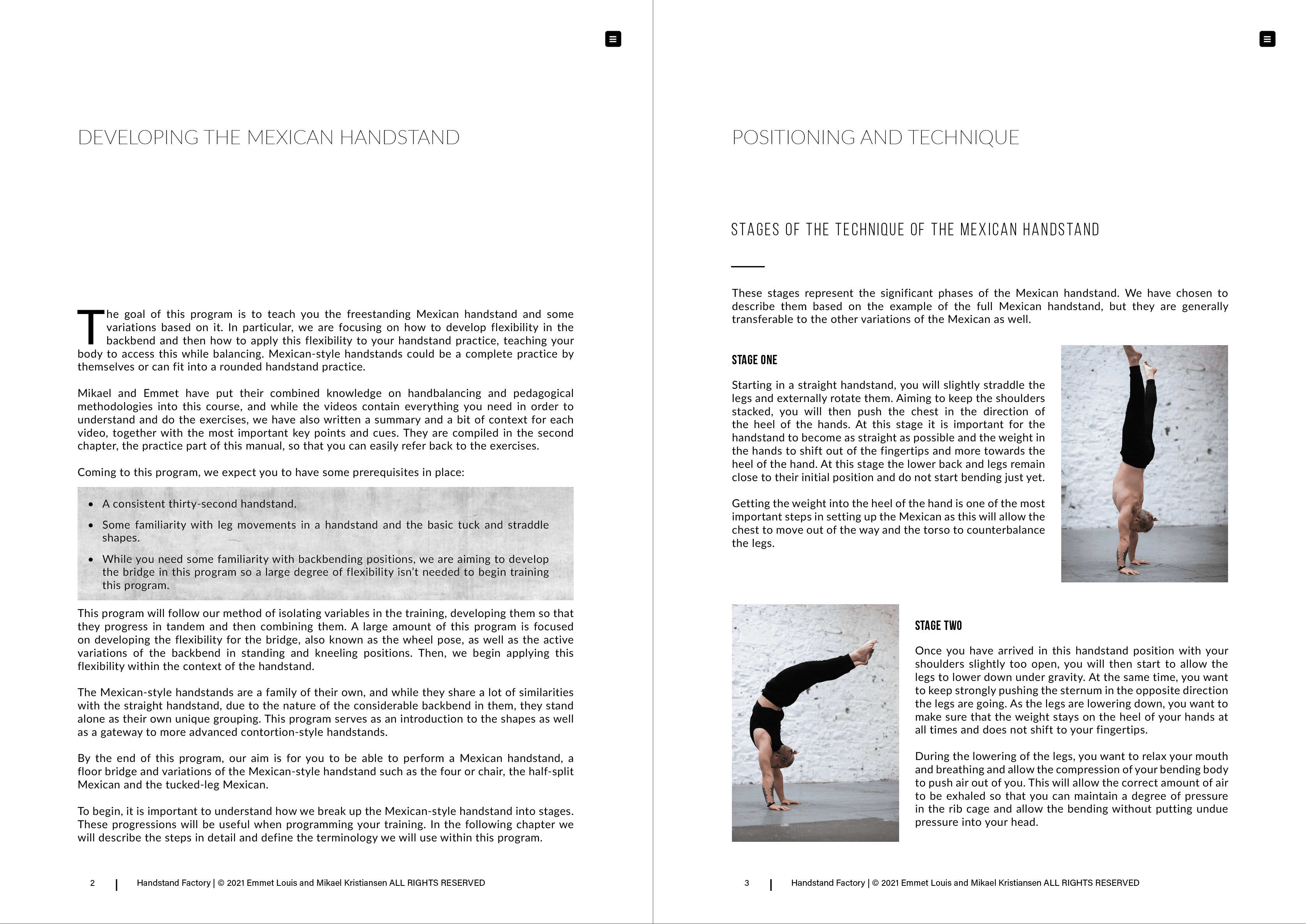Train all things tuck! Join July’s Focus: Get Tucked Up starting July 7th!
The Mexican Handstand
Bend teaches the Mexican Handstand, also known as the hollowback handstand, and its variations. This program covers how to develop the strength and flexibility in your backbend and then teach your body to access it while handbalancing to accomplish this challenging but rewarding skill.
Arch Into The Hollowback Handstand
The goal of Bend is to teach you the freestanding Mexican handstand and some variations based on it. In particular, we are focusing on how to develop flexibility in the backbend and then how to apply this flexibility to your handstand practice, teaching your body to access this while balancing. Mexican-style handstands could be a complete practice by themselves or can fit into a rounded handstand practice.
By the end of this program, our aim is for you to be able to perform a Mexican handstand, a floor bridge and variations of the Mexican-style handstand such as the four or chair, the half-split Mexican and the tucked-leg Mexican.
$145Add to cart
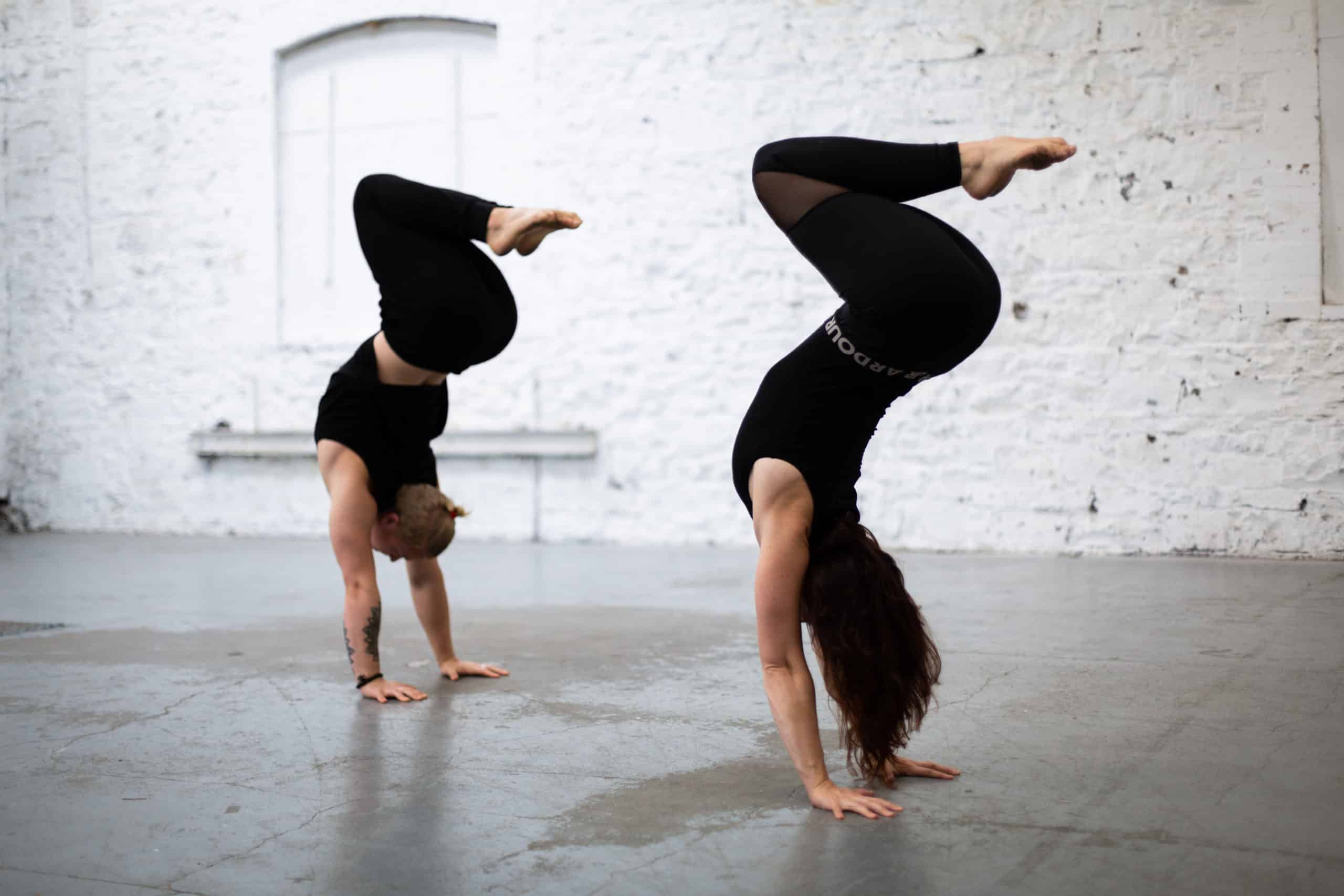
What it’s like to use the Handstand Factory programs:
It’s like being in school and having lecture, lab and study – between the podcast, training, and text. I’m learning so much… really feels more personalized, “connected” and HUMAN.
Joyce – @cirquepath, San Fransisco, USA
Are You Ready To Learn The Mexican Handstand?
Bend is an intermediate/advanced program for handbalancers who have a comfortable, consistent handstand with various leg shapes. As such, in order to get the most out of this program we recommend you meet these suggested benchmarks:
Recommended Benchmarks
Improving Your Flexibility With Bend
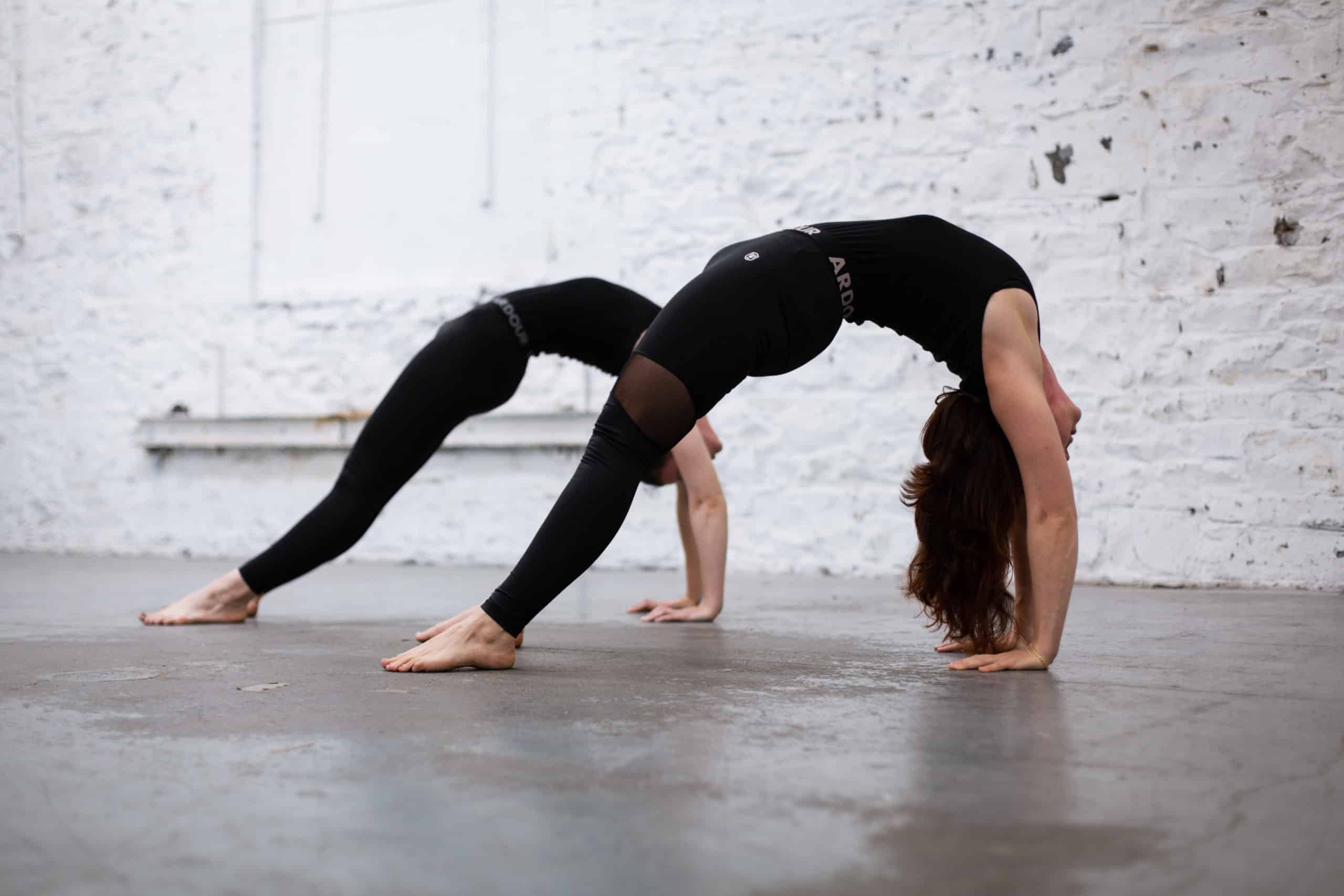
The Bend program draws on Emmet’s Modern Methods of Mobility (M3) syllabus for range-of-motion development, applied expressly for the Mexican family of handstands. Specifically the program includes methods for improving your bridge – also known as the wheel pose in yoga – with an emphasis on the carry-over to the hollowback handstand variations.
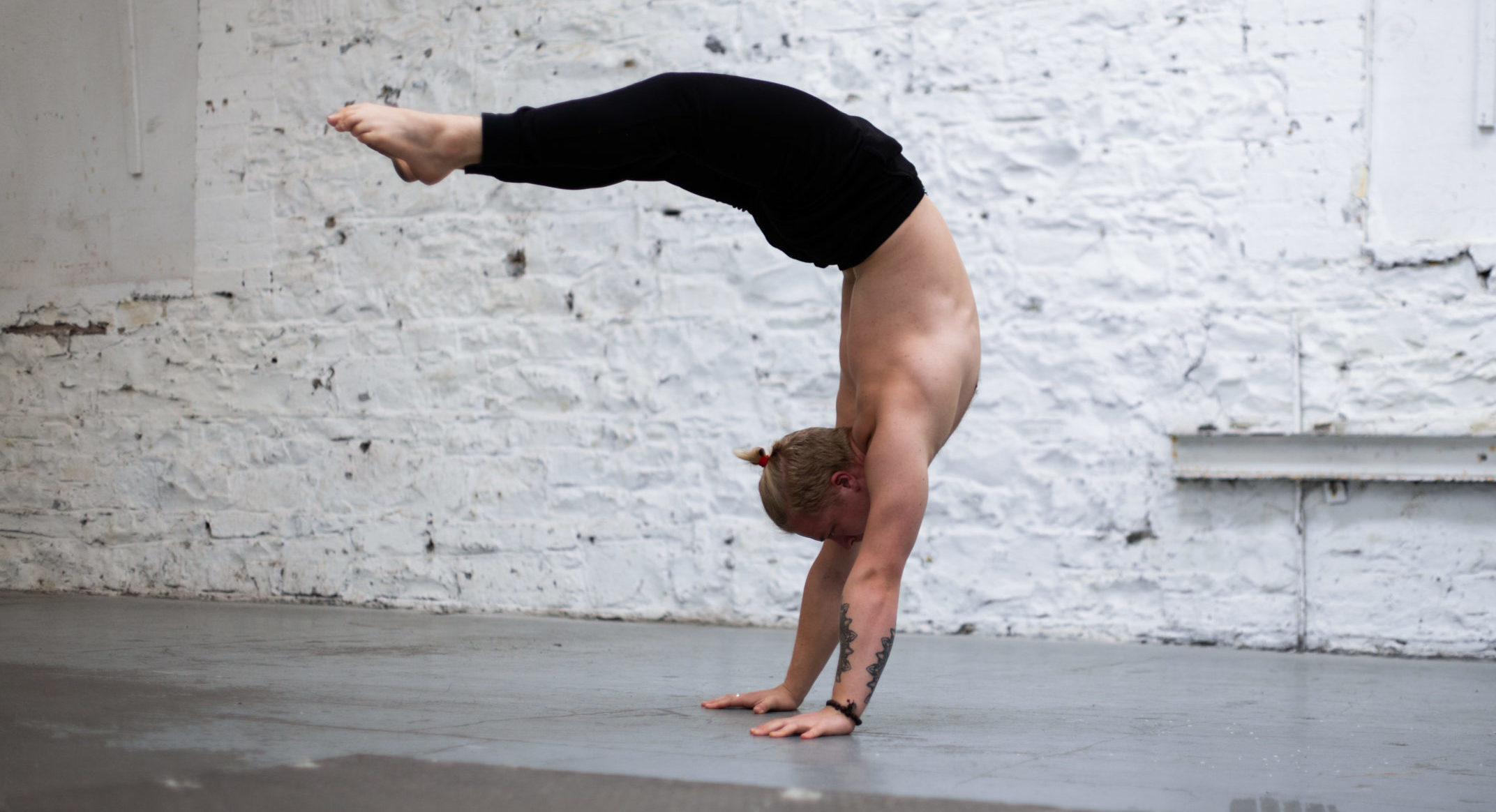
DEVELOPING THE MEXICAN HANDSTAND
The Mexican-style handstands are a family of their own, and while they share a lot of similarities with the straight handstand, due to the nature of the considerable backbend in them, they stand alone as their own unique grouping. This program serves as an introduction to the shapes as well as a gateway to more advanced contortion-style handstands.
By the end of this program, our aim is for you to be able to perform a Mexican handstand, a floor bridge and variations of the Mexican-style handstand such as the four or chair, the half-split Mexican and the tucked-leg Mexican.
More in depth about the Bend program
BEND
Your Handbalancing Instructors
Mikael Kristiansen and Emmet Louis are both international teachers of handbalancing and flexibility and have spent big chunks of their lives studying and understanding all aspects of these skills professionally both as performers and teachers. With Handstand Factory, they now want to demystify and simplify the process of learning handstands, and make it accessible to anyone wanting to learn to stand on their hands. To learn more about Handstand Factory, head over to our about page.
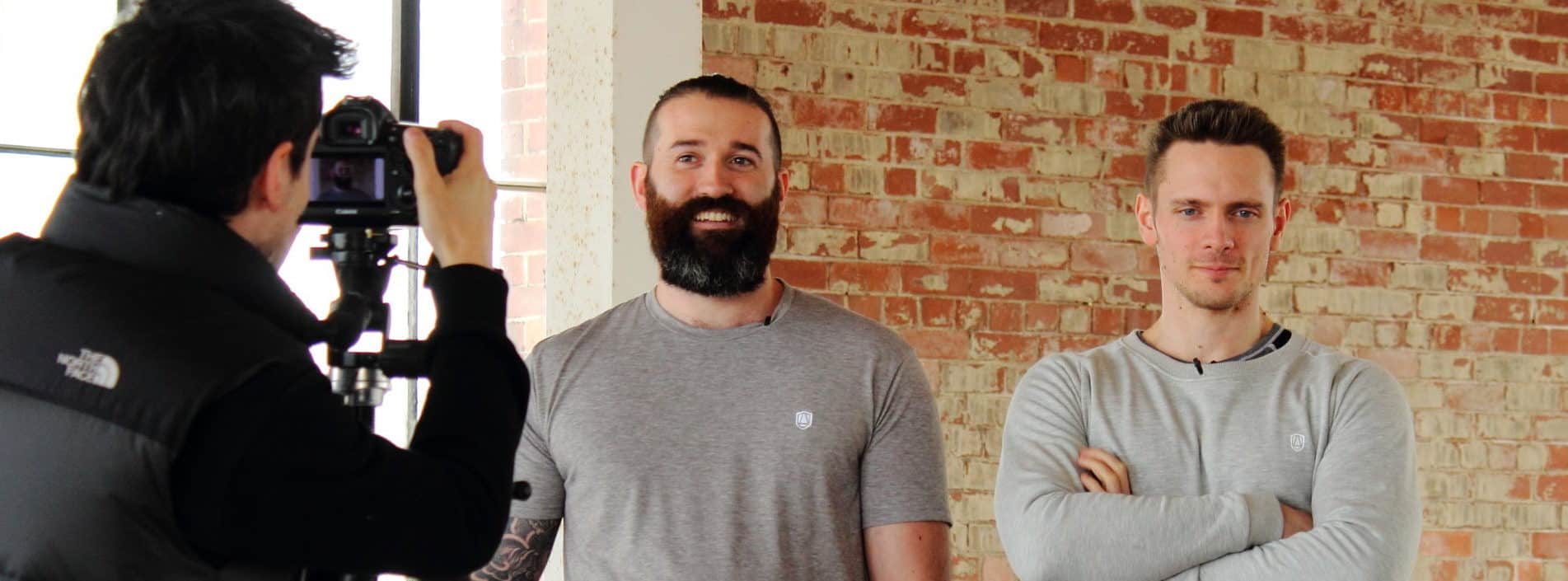
FAQ
What level is this program for?
We recommend you have a consistent 20-30s handstand and some familiarity with the straddle and tuck shapes.
I can’t do a bridge, can I do this program?
This program aims to teach the bridge position starting from the basics so while some experience with back bending is nice, its not needed as we teach everything you need to know.
Do I need a partner to do the Bend program?
Nope, the way that the Bend program is designed means there is no need for a partner and that everything can be done independently. Saying that, training with others is fun, so by no means do it alone!
How long will it take to get a good bridge?
This varies from person to person, as a rule of thumb it takes a maximum of 18 months to completely change the levels of flexibility you’re capable of. This normally comes considerably quicker for most and you will be increasingly more flexible as time goes on.
How long can I use the Bend program?
The Bend programming is not linear, rather it addresses problems that you individually might have in your practice and aims to progress you further from there. In total, there are about 12 months of programming included in the Bend program, but while you may put it down once you’ve achieved the Mexican Handstand shapes, you may come back to it over time as your overall levels have increased.
Are the Handstand Factory programs follow along videos?
No, all of our online programs are educational in nature, they don’t contain videos in which you follow the training in real time like a class. The video library for each program contains explanation and demos for each exercise, with valuable cues and insights. These exercises are also explained in the manual, and lastly, programmed into comprehensive training templates that you can follow in your own time.

